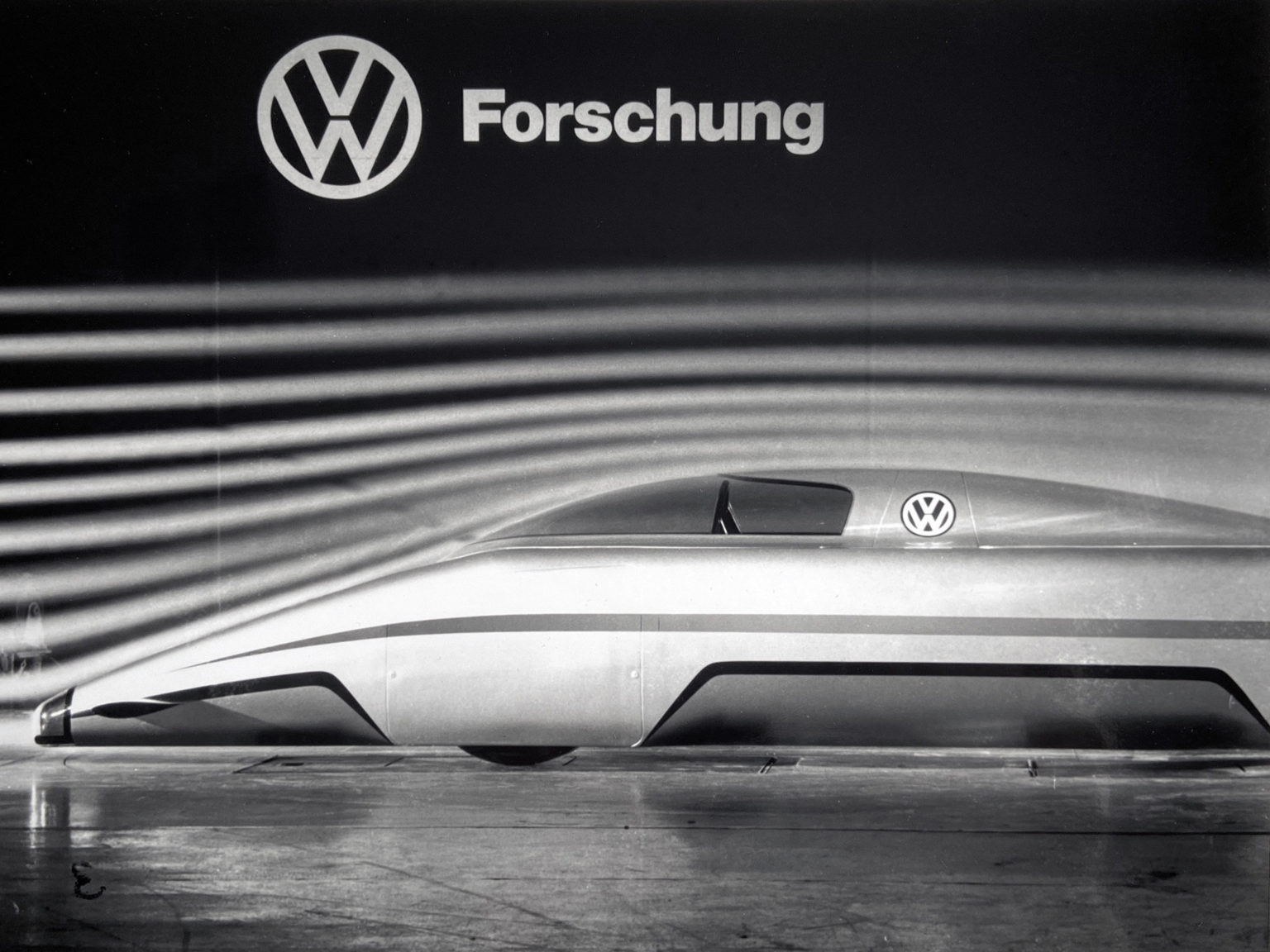Aerodynamics play a big role in vehicle engineering – at least as much as the engine itself. The slicker a vehicle is, the larger the possibility for excellent fuel economy is.
<
Over the last century, automakers have experimented with a variety of designs and feature to demonstrate the relationship between drag and power. One such design, the 1980 Aerodynamic Research Volkswagen (ARVW) has the honor of being the most aerodynamic vehicle VW ever built.
The design of the model was launched as a reaction fo the oil crisis of the 1970s.Photo courtesy of Volkswagen AG
In the 1970s, a number of developed nations including the United States, Canada, Australia, Germany, France, and the U.K. were affected by inflated prices and lack of supply of oil. Drivers truly began, for the first time in modern history, considering how many miles per gallon their vehicles got and how that impacted their household budget.
The ARVW was designed to push the limits of aerodynamics and light weighting. Together, it was proposed that the two elements could generate high speed from a traditional amount of power.
VW engineers built the ARVW to be just 33 inches tall and 43.3 inches wide. It was shaped for aerodynamic smoothness. Volkswagen says that the first challenge was squeezing a driver, powertrain, and four wheels into a body that would have the smallest profile possible.
The second challenge was maximizing those aerodynamics and equipment with stability.
The model eventually reached 225 mph on the track.Photo courtesy of Volkswagen AG
Engineers made a fiberglass and carbon body to cover an aluminum frame. Power came from a turbocharged 2.4-liter inline-six engine that produced 177 horsepower, which set behind the driver in the rear-wheel drive car. An onboard water tank injected water into the turbochargers intake and a cooling vent was positioned at the car’s nose.
The model’s coefficient of drag was rated at 0.15, making it sleeker than any production vehicle VW ever made.
Following the build, a team of Volkswagen engineers and an open-wheel racing driver went to the Nardo test track in Italy to put the car to the test. Within the first hour of testing, the car reached 221 mph. By the end of the day, that number was up to 225. The team took home two world speed records in the process.








